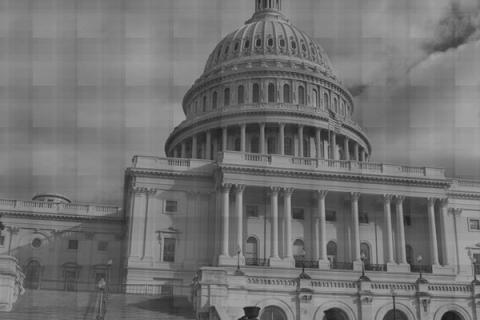Well, this is certainly a grim honor and not a top ten list that any metro area would ever want to be on. California leads the nation in unemployment rates, with a startling 8 out of 10 cities with the highest unemployment.
- 1. El Centro CA, 26.9
- 2. Yuma AZ, 21.5
- 3. Merced CA, 21.3
- 4. Yuba City CA, 21.3
- 5. Fresno CA, 18.2
- 6. Modesto CA, 18.1
- 7. Visalia-Porterville CA, 18.1
- 8. Hanford-Corcoran CA, 18.0
- 9. Stockton CA, 17.6
- 10. Ocean City NJ, 17.0
El Centro is near the Mexico border at Mexicali and is the county seat of Imperial County. Modesto, Merced, Visalia, Hanford, and Fresno are in the San Joaquin Valley along CA-99. Stockton is further north on I-5 and is the county seat of San Joaquin County. Yuba City is north of Sacramento between I-5 and I-80 and in the county seat of Yuba County.
These areas have quite a lot in common. They are primarily agricultural with lots of seasonal and temporary workers. This accounts for some of the unemployment rate but certainly not all of it. There are many other states with major agricultural areas, yet they don't have the unemployment that agricultural areas in California have. Why is this?
It may be due in large part to the real estate crash. These areas, for those most part, had huge run-ups in property prices. When the bubble burst, prices collapsed spectacularly. Stockton in particular got clobbered. Real estate prices there severely cratered, and it has the unenviable reputation of being on multiple worst places to live lists, as well as having about the highest foreclosure rate in the nation.
When real estate was booming, there were lots of jobs in these areas and their economies were doing well. A real estate boom creates jobs not just in real estate, but in many others areas too, like construction, building materials, trucking, restaurants, entertainment, etc. When the party ended, all those jobs went away and they weren't just back to where they were before the boom started. They were much worse off. Tax revenue fell, cities were spending money at levels they could no longer afford, and consumers cut way back on spending.
Large cities have more diverse economies to fall back upon during hard times. Small rural cities don't. Also, these are just the official unemployment rates. They don't include those who are no longer being counted because they've been unemployed for so long.
We now have two Californias. The big cities on the coast get most of the focus, but when you go inland, the unemployment and poverty rates resemble that of the Dust Bowl in the 1930's.

